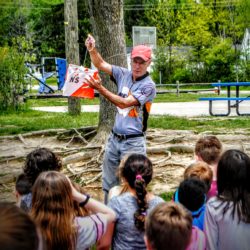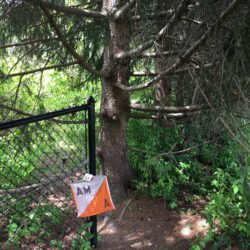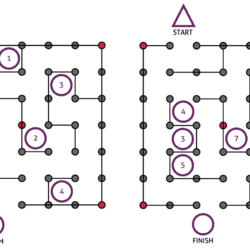Orienteering offers many benefits, but its real attraction is that it is fun! It is a joy to walk and run through forests and fields. Armed with a compass and a map, competitors must use their navigational skills to navigate from point to point in diverse and usually unfamiliar terrain, and normally moving at speed.









